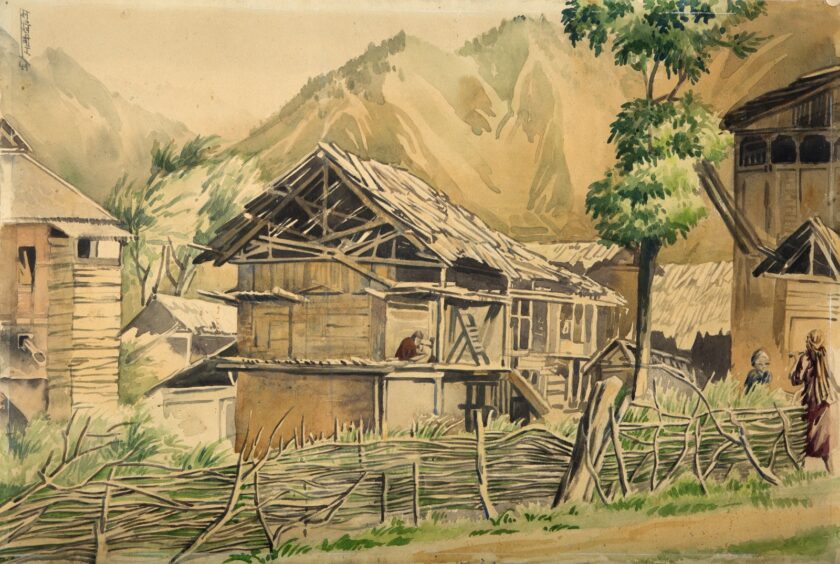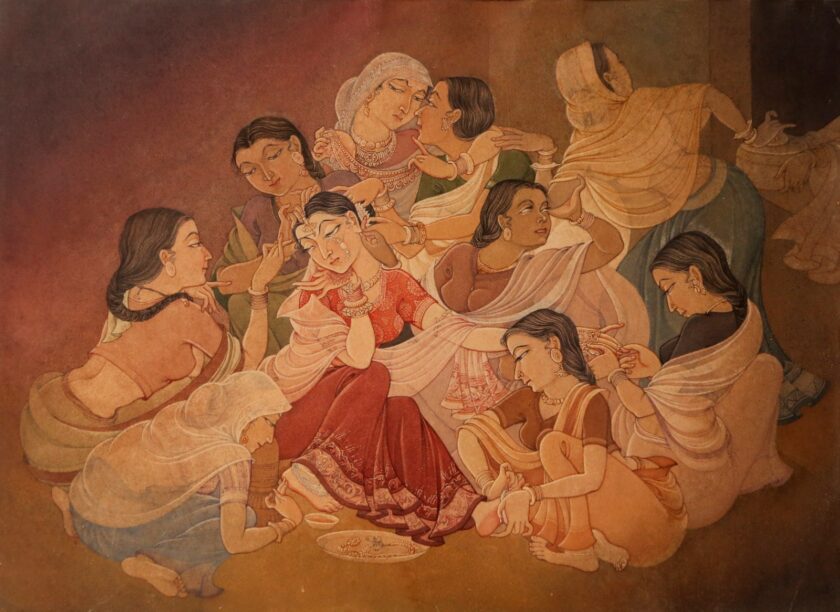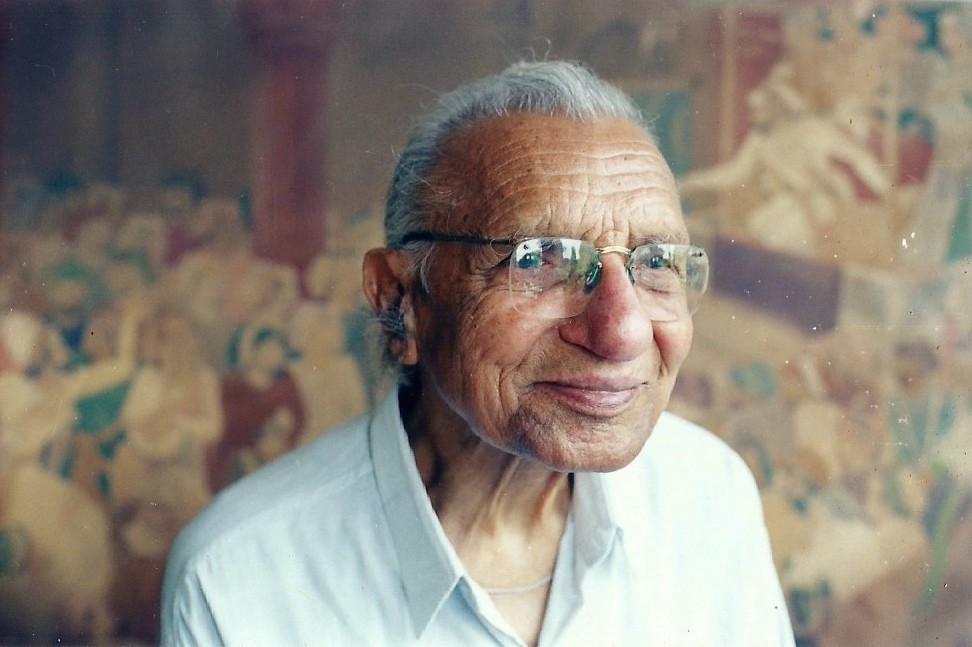New Delhi/Lucknow – After a gap of 33 years, the artistic legacy of the late Prof. Sukhveer Singhal—one of India’s most significant proponents of the wash painting technique—is set to return to public view in a landmark retrospective titled “The Silent Canvas Speaks Again.” The exhibition, featuring 38 of his evocative works, will be held from June 10 to 17 at the Annex Art Gallery, India International Centre (Annexe), Lodhi Estate, New Delhi.
The exhibition will be inaugurated by Noida MLA and BJP Uttar Pradesh Vice President Pankaj Singh, legendary painter Padma Bhushan Jatin Das, renowned art critic Uma Nair, and veteran poet Prayag Shukla.
Curated by Priyam Chandra, Prof. Singhal’s granddaughter, the exhibition marks a powerful revival of a long-forgotten artistic voice that shaped Indian modern art with deep spiritual and emotional overtones. “This is not merely a showcase but a heartfelt tribute to a master whose canvas always had something to say,” said Chandra. “It’s a reaffirmation of a lifelong devotion to Indian aesthetics, philosophy, and artistic inquiry.”


A Pioneering Artist of the Wash Technique
Prof. Sukhveer Singhal (b. July 14, 1914 – d. November 29, 2006) was a Gandhian, humanist, and freedom fighter whose journey into art began amidst the turbulence of the national movement. To avoid arrest during the Non-Cooperation Movement, he moved to Lucknow, where fate guided him to the Lucknow School of Arts. He later trained under the legendary Prof. A.K. Haldar, a disciple of Abanindranath Tagore, and emerged as a torchbearer of the Bengal School tradition.

Singhal was among the rare Indian artists to explore and master wash painting—a technique involving diluted pigments to create layered, emotionally nuanced scenes. Art critic Bhupendra Kumar Asthana notes, “Prof. Singhal’s wash paintings often depict groups of men and women in varied emotional states. His brushwork, color blending, and choice of subjects are unparalleled. He may well be the only Indian artist to so vividly capture human group expressions in wash technique.”
His paintings were not limited to paper; he worked on cloth, silk, wooden panels, and khadi, using consistent stylistic sensibilities across all media.
Treasured Works and Artistic Highlights
Among the exhibition’s showstoppers are the award-winning pieces “Ram ka Prasthan” and “Vivah Juloos,” both of which were once part of national and royal collections. Another highlight is “Tu Dhool Hai, Dhool Mein Lautta Hai,” a profoundly philosophical painting once acquired for the royal collection by King George V.
“Each work in this exhibition is a fragment of an era and a whisper from the soul of an artist whose brush captured both the spiritual and the sensory,” said critic Uma Nair. “Prof. Singhal’s works are both timeless and timely.”


An Artist, Philosopher, and Mentor
More than an artist, Prof. Singhal was a philosopher and educator. In 1938, he founded Kala Bharati in Prayagraj, an institution that trained thousands in fine arts, music, and dance. He was also a close advisor to leaders such as Pandit Jawaharlal Nehru, Indira Gandhi, and Vishwanath Pratap Singh on matters related to cultural heritage.
He designed the wedding card for Indira Gandhi and contributed extensively to India’s visual identity in the post-independence era. Even after retiring in 1973 from the Government College of Arts & Crafts, Lucknow as Principal, he continued teaching art at his residence in Kaiserbagh, combining it with lessons in classical music, naturopathy, and yoga.
His writings include the landmark book “Bhartiya Chitrakala Paddhati” (1985) and an unpublished three-volume manuscript titled “Kala aur Kalakar ka Vikas” (The Evolution of Art and the Artist).
Legacy and Revival
In Lucknow, a road leading from Amir-ud-Daula Library to his private gallery is named in his honor—a reminder of the city’s deep-rooted cultural traditions and its reverence for artistic legends. His family, especially his daughter and granddaughter, continue to preserve and promote his work through exhibitions and outreach efforts.
“This exhibition is a return, a revival, and a reckoning,” said Chandra. “It amplifies the voice of a silent canvas that never stopped speaking—just waited to be heard again.”
Awarded by prestigious bodies like AIFACS, Mysore Dussehra Exhibition, Bombay Art Society, and the Academy of Fine Arts, Kolkata, Prof. Singhal remains a seminal figure in Indian art history. His works today stand as enduring beacons of India’s classical visual heritage, infused with deeply philosophical and humanistic themes.
Exhibition Details:
Title: The Silent Canvas Speaks Again
Dates: June 10–17, 2025
Venue: Annex Art Gallery, India International Centre (Annexe), Lodhi Estate, New Delhi
Inauguration: June 10, by Pankaj Singh, Jatin Das, Uma Nair, and Prayag Shukla
Curator: Priyam Chandra
This long-overdue retrospective is not just a celebration of art—it’s a celebration of an artist’s enduring voice.





